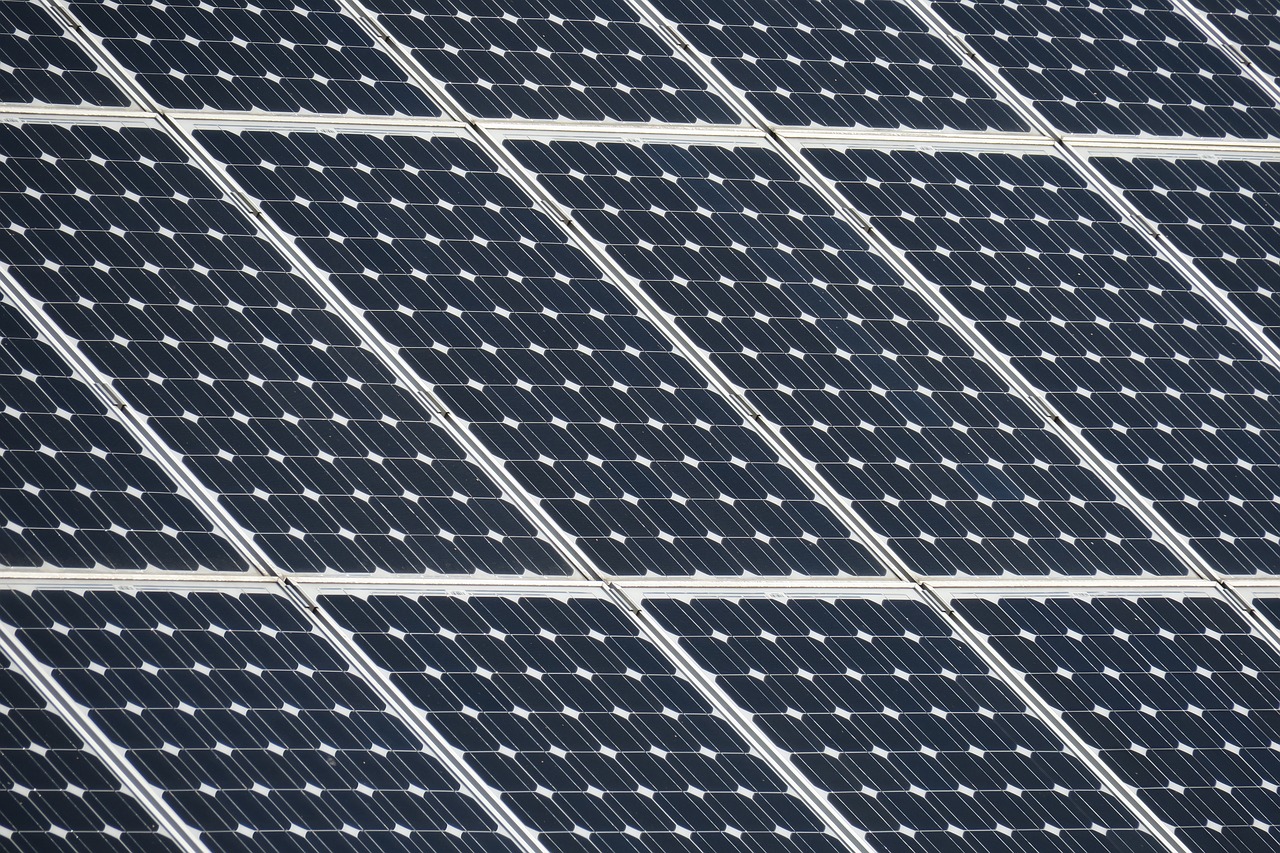When you decide you want to go solar and reach out to a solar panel installer, it’s likely that one of the first steps in the process will be an estimation of your potential solar production. This is a key step in your journey to becoming a solar consumer, as it gives you a ballpark idea of how much energy your system could generate, and what this means in terms of your decision to commit to solar. The estimate will not only show your power generation potential, but also give a sense of just how much you could save on your electricity bill thanks to the output of your solar system. Below, we’ll take a look at some of the factors a solar panel installer takes into account when calculating a production estimate. Of course, it’s important to remember that these factors will vary on a system-by-system basis and may lead to very different results even with small variations.
Shade
Whether it be from trees or nearby buildings or any other kind of obstruction you can think of, shading plays a big role in determining the production estimate of a solar system. Shading also varies according to the seasons and the position of the sun in the sky. When calculating production estimates, solar installers will use special tools to determine shading potential.
After determining how shading could affect the production of your solar panel array, it may be recommended that you remove the obstructions if possible. This is pretty straightforward in the case of trees or bushes, which can be trimmed. However, it’s not so straightforward if the shading is the result of another building nearby.
Azimuth
This refers to the orientation of your solar panels and is another very important factor in determining the sun exposure of your panels. You’ll want the panels positioned so that they face the sun as much as possible during the day’s sun hours. In the northern hemisphere, this means the panels should be facing south. East and west facing panels are still viable for solar, and some systems may face panels in this direction because of other factors.
Tilt/Pitch
The tilt, or pitch, of your solar panels refers to the angle at which they are laid out on the roof. Again, with this factor, we want to maximise sun exposure and, as a result, maximise energy production from your solar panels. Although this factor isn’t quite as important as shading or azimuth, it will still be factored into your solar production estimate by the installer. The ideal angle here, for peak production, is lands somewhere between a 30 and 45 degree angle.
Area
Your geographic location will also factor into the potential production of your solar system, as a result of varying sun hours from one location to the next. With all these factors, the aim is to expose your solar panels to as much sunlight as possible, generating lots of power. With this in mind, sun hours are going to vary between east coast and west coast, and everywhere in between, because of the differing climates across the country.
System Size & Equipment
Not to be overly simplistic here but, in general, the bigger the system is, the more power you’re going to produce. In addition to the size of the system, the use of different equipment can be a factor in production as well. The panels and the inverter installed as part of your solar system will have differing levels of efficiency, impacting the eventual output of the system. Whether your system will be a classic rooftop solar array, or a ground-mounted solar array, can also affect production because of the equipment used for the installation of each.
Just remember that all these factors play off one another and there are a ton of variables which come into play for solar installers calculating these production estimates.
If you’re interested in going solar, contact YSG today or call the office at 212.389.9215 to get a production estimate of your own.
Follow YSG Solar on Twitter, Instagram + Facebook.
By Shane Croghan
Sources:
https://photovoltaic-software.com/principle-ressources/how-calculate-solar-energy-power-pv-systems
https://newenglandcleanenergy.com/energymiser/2012/05/16/whats-in-a-solar-production-estimate/
https://news.energysage.com/solar-installers-calculate-solar-production-estimates/
https://www.greentechmedia.com/articles/read/what-customers-need-to-know-before-going-solar

